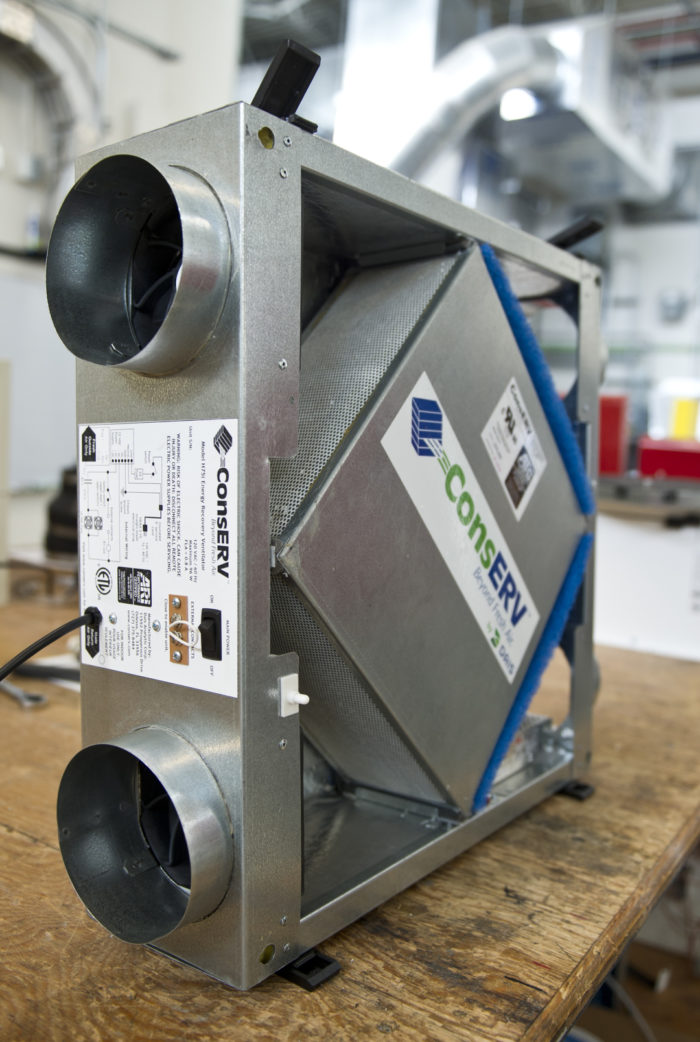Expert Tips to Maximize HRV Efficiency
Wiki Article
The All-Inclusive Overview to the Uses of Heat Recovery Ventilation in Modern Buildings
Heat Recovery Ventilation (HRV) systems stand for a considerable improvement in developing technology (HRV Heat Recovery Ventilation). They give a technique for exchanging stale interior air with fresh outside air while decreasing energy loss. This approach not just enhances indoor air quality however also contributes to power performance in both household and commercial structures. Comprehending the numerous applications and advantages of HRV can reveal its critical role in contemporary layout and sustainability efforts. The effects of this technology deserve exploring betterUnderstanding Heat Recovery Ventilation Solutions

Several modern-day structures focus on power performance, understanding heat recovery ventilation (HRV) systems is vital for optimizing interior air top quality and lowering energy consumption. HRV systems function by moving warm from stale indoor air to inbound fresh air, efficiently keeping comfy interior temperature levels while decreasing power loss. These systems contain a warm exchanger, followers, and ductwork that help with the blood circulation of air. During wintertime, HRV units record and recycle warmth from the outward bound air, while in summer, they can assist cool inbound air. By constantly trading air, HRV systems additionally lower moisture and the focus of interior contaminants. Appropriate installment and upkeep of HRV systems are essential for their effectiveness and performance in enhancing total building efficiency and comfort.
Benefits of Heat Recovery Ventilation
Heat recovery ventilation systems provide countless benefits that boost both power effectiveness and interior air quality in contemporary structures. By capturing and reusing energy from exhaust air, these systems greatly lower home heating and cooling expenses, resulting in lower energy usage. They preserve a consistent flow of fresh outside air, decreasing the danger of interior air contaminants and allergens. This continuous exchange helps manage moisture levels, preventing mold growth and making sure a much healthier living atmosphere. Furthermore, HRV systems add to sustainability objectives by lowering total carbon footprints. Their capacity to enhance ventilation without giving up thermal convenience makes them a beneficial addition to modern structure layout, promoting both economic and ecological advantages.Applications of HRV in Residential Buildings
As house owners significantly focus on power efficiency and indoor air top quality, the applications of heat recovery ventilation (HRV) systems in property buildings have become more widespread. HRV systems are specifically advantageous in snugly secured homes, where preserving fresh air blood circulation is vital for protecting against dampness accumulation and indoor contaminants. They successfully move heat from outward bound stagnant air to incoming fresh air, lowering power prices connected with heating & cooling. Furthermore, HRVs can enhance comfort levels by regulating humidity and temperature. They are also versatile for numerous property designs, consisting of single-family homes and multi-unit structures. Generally, incorporating HRV systems sustains lasting living methods while making sure a much healthier interior environment for residents.HRV in Commercial and Commercial Settings
In industrial and industrial settings, the application of warmth recovery air flow (HRV) systems has become significantly important for maximizing energy performance and keeping air high quality. These systems effectively transfer warmth from exhaust air to inbound fresh air, reducing the need for added home heating or cooling. This not just reduces power costs however likewise contributes to sustainability efforts. Industries such as production, warehousing, and office complex benefit significantly from HRV systems, as they assist regulate temperature and humidity levels, making sure basics a comfortable and productive environment. HRV systems aid in eliminating impurities and excess dampness, improving interior air quality. As policies around air high quality come to be more stringent, page the fostering of HRV modern technology is most likely to expand, making it an essential part of contemporary business and industrial facilities.Future Trends in Heat Recovery Ventilation Technology

Often Asked Questions
Exactly How Does Heat Recovery Ventilation Effect Indoor Air Quality?
Heat recovery ventilation significantly improves interior air high quality by continually trading stagnant interior air with fresh outdoor air while recuperating energy. This process lowers toxins, keeps suitable humidity levels, and assures a much healthier environment for occupants.Can HRV Equipments Be Installed in Existing Buildings?
HRV systems can indeed be set up in existing structures. Retrofitting may need alterations to ductwork and air flow layouts, yet it substantially boosts energy effectiveness and interior air top quality, making it a practical option for older structures.What Upkeep Is Needed for HRV Equipments?

Are There Particular Climates Where HRV Is A Lot More Effective?
Heat recovery ventilation systems are especially reliable in climates with considerable temperature differences between seasons. These systems optimize energy efficiency by recouping warmth from exhaust air, making them suitable for both cool and moderately warm atmospheres.Exactly How Do HRV Solutions Affect Energy Costs?

Report this wiki page